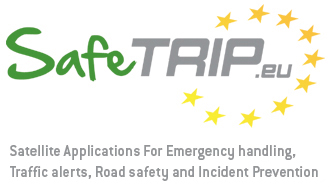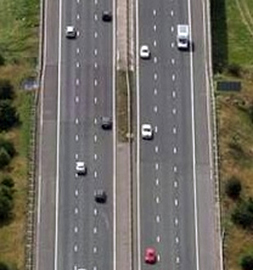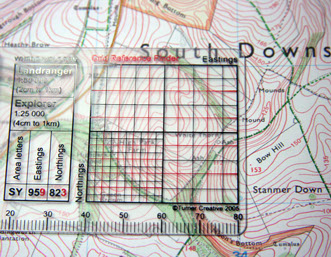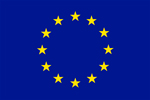

Introduction
User Needs
Environment
Passenger Transport Operators
Environment
Access to Vehicle Information
Access to Environmental Information
Description of Methodology
Others
Safety
Entertainment
Others
Individuals EU-Citizens
Safety
Navigation
Entertainment
Emergency Services
Call Filtering
Information about Heavy/Hazardous Goods
Information about Coach/Bus involved in Incident
23 of 27
Precise Location of IncidentA large portion of emergency calls are made from mobile phones instead of fixed phone lines or road-side phones on motorways. While wireless phones can be an important public safety tool, they also create unique challenges for emergency response personnel and cellular service providers. Since cellular phones are mobile, they are not associated with one fixed location or address. While the location of the cell site closest to the 112 caller may provide a general indication of the caller’s location, that information is not usually specific enough for rescue personnel to deliver assistance to the caller quickly. The caller very often does not know his location either due to unfamiliarity or due to shock from the accident. 

Figure 10: Electronic navigation can take the place of paper navigation, even in places without a GPS or mobile phone signal |
Precise geographic location of the vehicle from which the call originated is important. Accuracy of the order of 5m is usually desirable. An error exceeding 5m on many parts of the road network could have the emergency services on the wrong side of the road. This can typically requires lengthy detours before reaching the incident points – since the median cannot be crossed.
In certain parts of the road network, emergency services send vehicles in both directions of the motorway to cover this eventual inaccuracy in positioning. This has been reported to be the biggest waste of resources. In some situations where other services such as the police or ambulance is involved, coordination is performed to cover both directions of the road.

